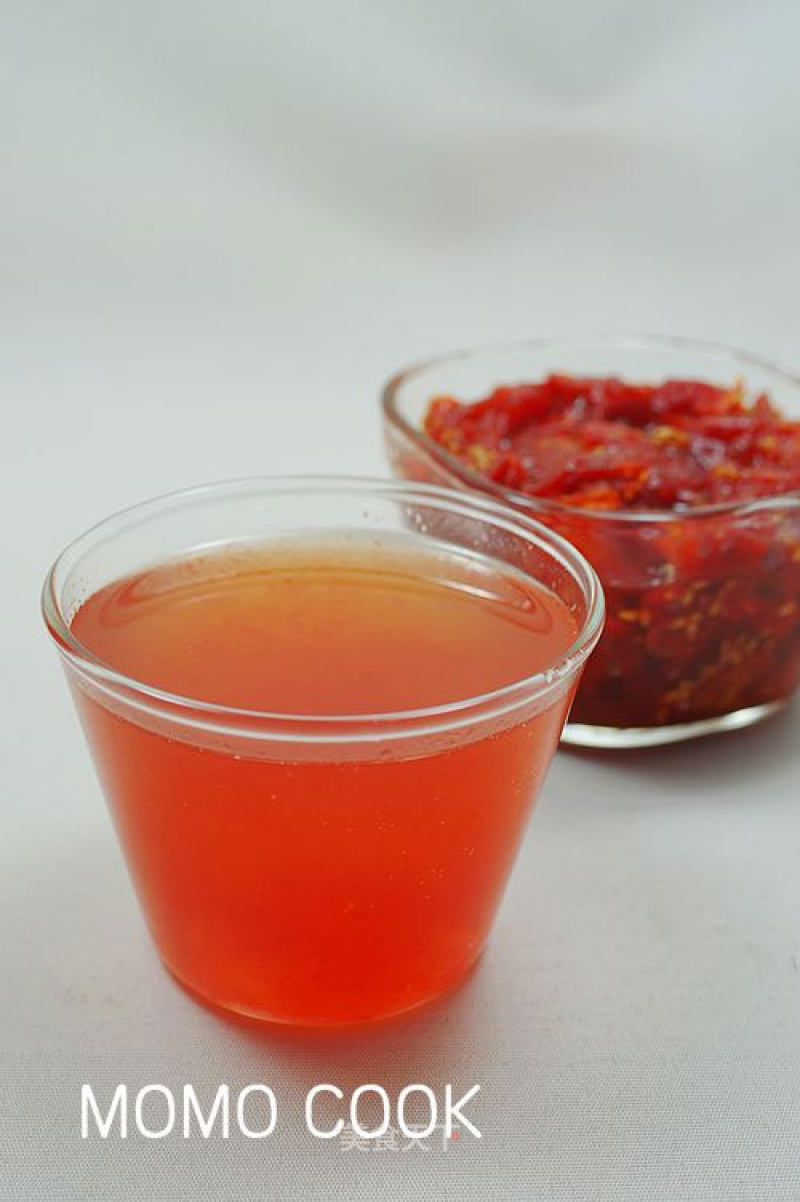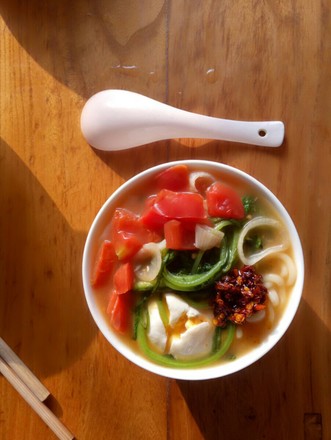Small Tomato Enzyme
1.
Wash small tomatoes and lemons to control surface moisture
2.
Peel the lemon thickly and slice thinly for later use.
3.
The small tomatoes are divided into two.
4.
Spread sugar on the bottom of the container, then spread a layer of small tomatoes and lemons.
5.
Repeat step 4 repeatedly until all the tomatoes, lemons and sugar are used up, and finally top with a layer of sugar.
6.
Close the lid. The best part of the sealed container used this time is that there is an automatic air piston on the lid, which is the red circular part in the picture. Pull up the piston, and air can come and go freely, so there is no need to worry about the internal production of the enzyme. The gas will expand the lid. If you don't need air to come in and out freely, just press the piston, and the lid will be difficult to open at this time. (Pull up the piston when opening the lid to easily open the lid)


7.
Close the lid. The best part of the sealed container used this time is that there is an automatic air piston on the lid, which is the red circular part in the picture. Pull up the piston, and air can come and go freely, so there is no need to worry about the internal production of the enzyme. The gas will expand the lid. If you don't need air to come in and out freely, just press the piston, and the lid will be difficult to open at this time. (Pull up the piston when opening the lid to easily open the lid)
8.
After about two or three hours, the granulated sugar begins to melt. At this time, use clean chopsticks or washed hands to mix the sugar and small tomatoes evenly to accelerate the melting speed.
9.
After about two days, the sugar will be completely melted. After that, stir it once or twice a day.
10.
About a week or so, all the small tomatoes and lemon slices will float up, and tiny bubbles have also formed inside, and the fermentation is proceeding smoothly.
11.
About a week or so, all the small tomatoes and lemon slices will float up, and tiny bubbles have also formed inside, and the fermentation is proceeding smoothly.
12.
About 10 days or so, more and more bubbles will increase. Shake the container at this time, you can see that more bubbles are generated, and a lot of gas is also generated. The fermentation time varies according to the indoor temperature.
13.
In about two weeks, I saw a lot of bubbles and gas, and after the fermentation began to stabilize, the enzyme was ready. Use a clean gauze or sieve to filter out the small tomatoes. Store the enzyme in a clean glass container.
14.
After filtering the remaining small tomatoes and lemon residues, pick out the lemons, and the remaining candied small tomatoes can be spread on the bread slices, it is delicious!
15.
After filtering the remaining small tomatoes and lemon residues, pick out the lemons, and the remaining candied small tomatoes can be spread on the bread slices, it is delicious!
























